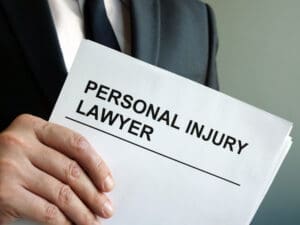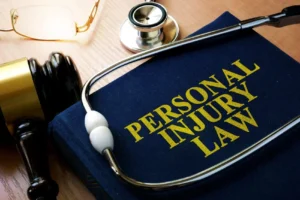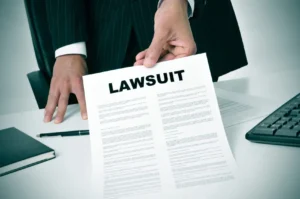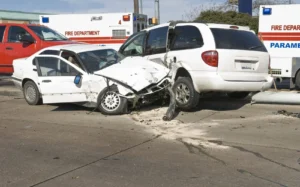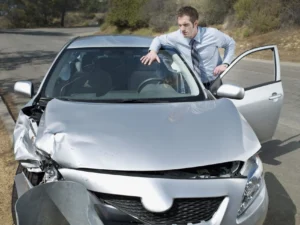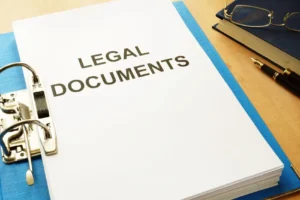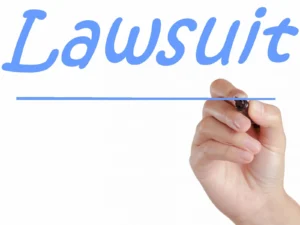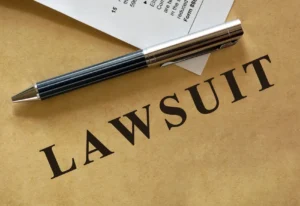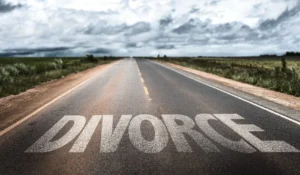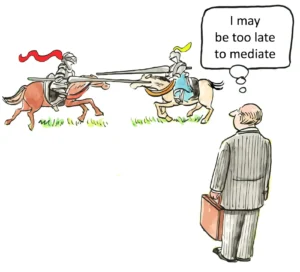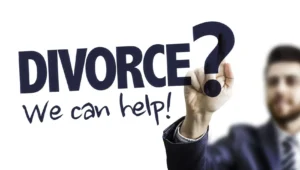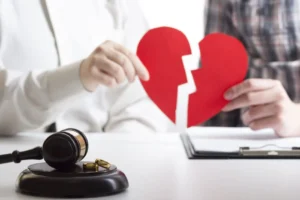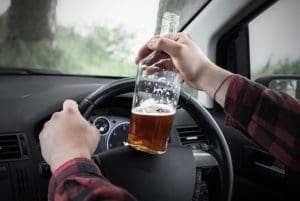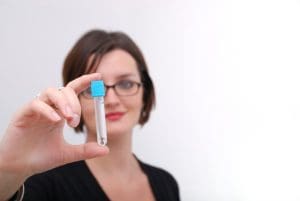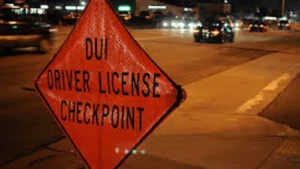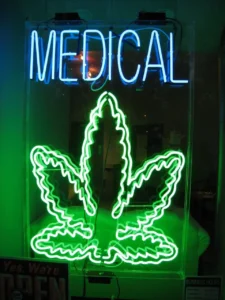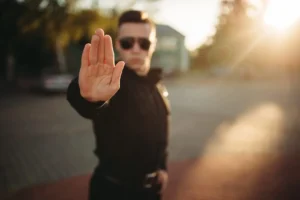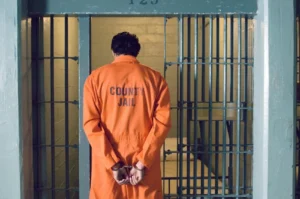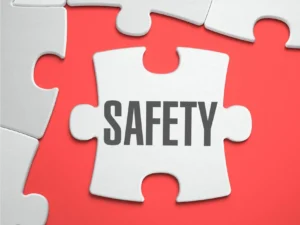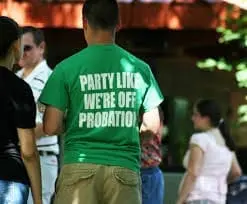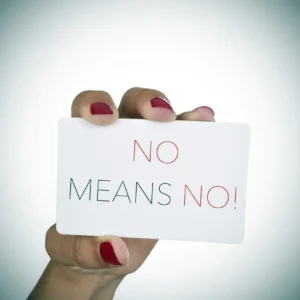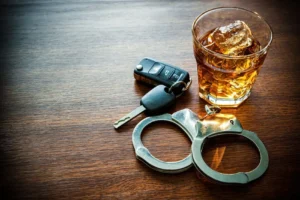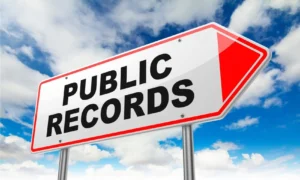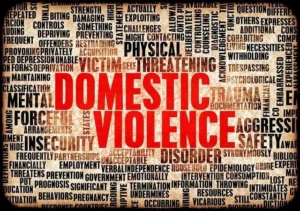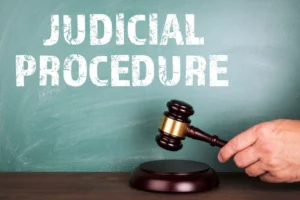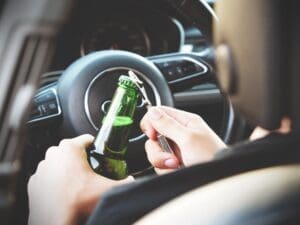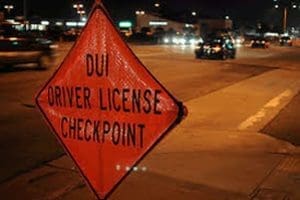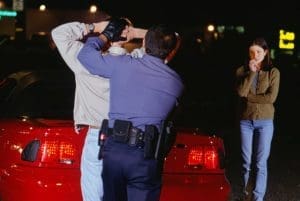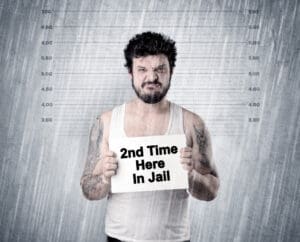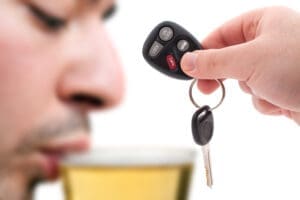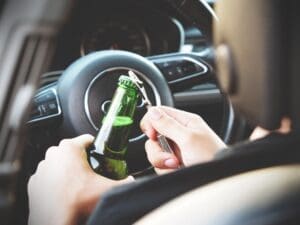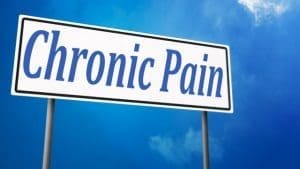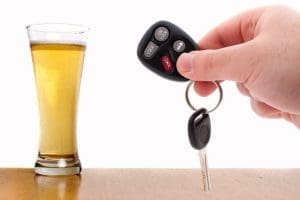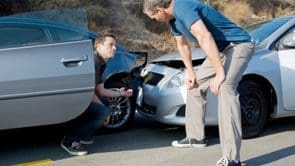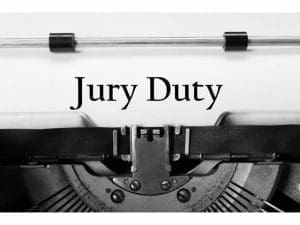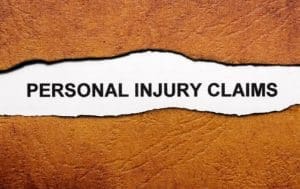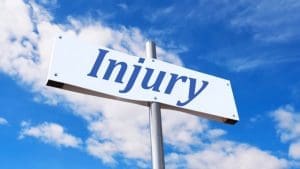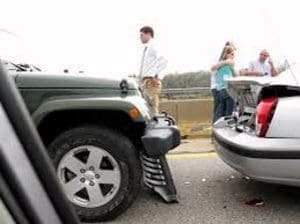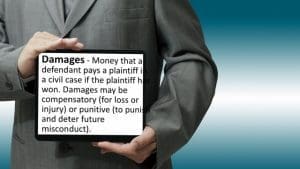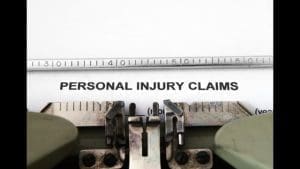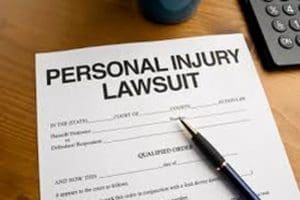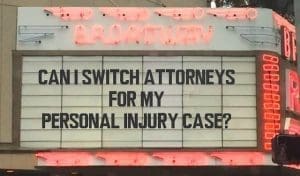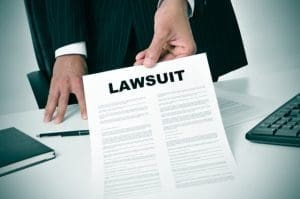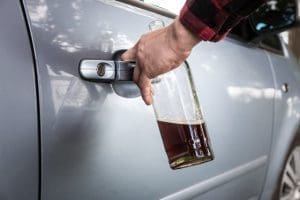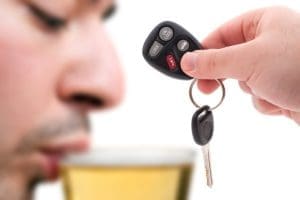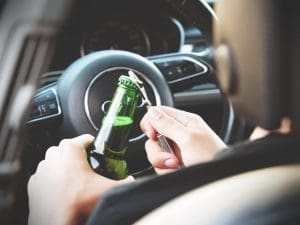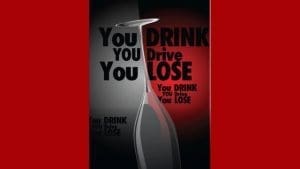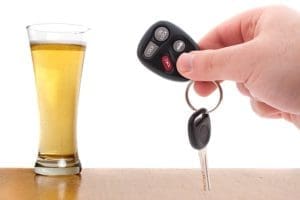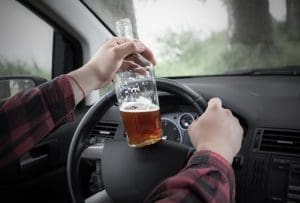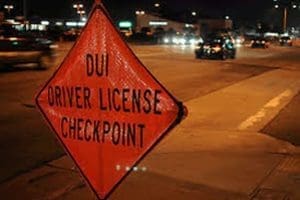Video – Attorney Steven Gacovino Explains How The Legalization Of Marijuana Has Affected DUI’s in New York
Video Transcript
Ray Hrdlicka – Host – Attorneys.Media
Hi, I’m Ray Hrdlicka, your Host for Legal Commentary Interview with Attorneys.Media, and today we’re sitting with Steve Gacovino, a personal injury attorney in Long Island, New York, and we’re going to talk about cannabis, marijuana, and how it may or may not, depending upon how you interpret the data, how it has affected the driving under the influence, DWI, DUIs in some states, and then traffic-related deaths, because that’s a subsection of that data.
I am always suspicious of how data is being presented because I don’t know how it was collected. Some of the data points we’re gonna talk about here, I am very suspicious of because where did they get it and is it reasonable that somebody’s going to answer this question? We’re gonna get into that and you’ll see what I mean here in a moment.
But first, let’s talk about, Steve, if you can explain to me what was pre legalization of marijuana, and because we have some by that date, of course, and then what was post-legalization of marijuana. And give us a little background here, if you wouldn’t mind.
Steven Gacovino – Personal Injury Attorney – Suffolk County (Long Island), NY
Well, all right. Well, first of all, thank you for having me on. This is a great and interesting topic to discuss.
Like you, I look at the data and I see a little bit of confusion. If anything, it’s certainly mixed messages. So without giving exact numbers, I will say this, that 2021, I think it was March 21st, 2021, recreational adult use in New York State became legal. So in 2021, that would have been the first time that we would have seen how is it affecting, how is legal cannabis use affecting the safety of our roads and is there going to be an increase in impairment?
And of course, it comes at the most confusing time because 2020, 2021, these are our pandemic years. So it might be hard to really judge apples to apples. And for that reason, I would only fast forward to say, I think that most of what we’ve seen, at least with respect to New York, is going to be incomplete data. But that said, from 2020 to 2021, we did see a 7.4% increase in drug-related deaths, drug-related fatalities when we’re talking about automobile accidents.
That’s a statistic that’s out there. The interesting part about that is in 2022, we see a dip. So what does it mean? Is marijuana use increasing the riskiness of being out on the road? Or is it neutral? Is it decreasing? Or is this just not statistically significant yet? And with that, I don’t know the answer.
Ray Hrdlicka – Host – Attorneys.Media
I don’t know if they got enough data on this, but in preparation for this, in our conversation before this interview, you provided some statistics about Colorado. And then it made sense to take a look at other states that have had marijuana legalized for a longer period of time and about their data. And then I think you can get a clearer understanding of what is happening or will happen of course in New York because I don’t see any difference between you know people who live in California…ah…California… in New York and Colorado right and you know Colorado if the data was that there’s a hundred nine percent increase in traffic related deaths involving drivers who tested positive for marijuana
Steven Gacovino – Personal Injury Attorney – Suffolk County (Long Island), NY
Yeah.
Ray Hrdlicka – Host – Attorneys.Media
109%, that’s huge.
Steven Gacovino – Personal Injury Attorney – Suffolk County (Long Island), NY
And that’s comparing, I think that that’s over the course of time from 2013 to 2018, 2013 being pre-legalization in Colorado, 2018 being well-developed into it. And that number is huge and obviously very significant. It does speak to marijuana use and impairment. It also speaks to something else though, it does speak to, at the time, I think that there was, really cannabis tourism, where people were going to the state to gain access to legalize marijuana.
So, what did that mean? It meant that there were more people on the road that were unfamiliar with the roads, people that weren’t from there. You had people that were probably experimenting with drugs that weren’t from there. That could have also contributed to, you know, to that very, very significant number.
Another interesting number that we took out of that was overall traffic related deaths in Colorado from 2011 to 2019. Again, a pre legalization date and a post legalization date. Overall traffic deaths were up 31%.
Ray Hrdlicka – Host – Attorneys.Media
That’s a huge number too.
Steven Gacovino – Personal Injury Attorney – Suffolk County (Long Island), NY
I have to believe that has something to do with it. You know, by no means am I a statistician, but. But that has to mean something, that there are more people driving impaired, and therefore more accidents, and accidents do lead to injuries, accidents do lead to deaths.
Ray Hrdlicka – Host – Attorneys.Media
Well, let’s talk about, well, actually we can just use this as a fact. Since the legalization of marijuana, that product itself has a much higher percentage of THC than what you would find pre-legalization, you know, when you would buy it from the drug dealer on the street corner, you know, behind the building. So THC is much higher, much more potent.
Steven Gacovino – Personal Injury Attorney – Suffolk County (Long Island), NY
I do think that the development of the drug and the strains of the drug have lent itself towards making it more potent, to your point.
I don’t know the specific details about that. I’ve not really delved into that so much, but..
Ray Hrdlicka – Host – Attorneys.Media
Well, no, but where I’m going with this is that because of that, it doesn’t take that into effect because it’s a product now, right? People are going to make this product better and better and better for, and obviously creating a marketplace, creating repeat users, common sense, business.
So, that should come into play in some of this data, but I think it’s not covered.
Now, stepping back a second, the very interesting statistic that you had, and we talked about earlier, was that New York, it said that there was a decrease in the use of youth marijuana.
I look at that and I’m going, What? The only thing I can say to that is that how are they getting somebody to say yes or no? Is it social media? Is it on a cell phone? I can’t believe anybody is going to admit to a use, heavy use of marijuana. I don’t believe the data. It doesn’t make sense to me.
Steven Gacovino – Personal Injury Attorney – Suffolk County (Long Island), NY
That’s, again, I think that there could be other factors in there as well. Look, I think that the more that time goes by, perhaps education plays a role in this, perhaps anti-drug programs and things like that that kids are exposed to at younger ages, perhaps some of that plays a role in it.
I really don’t know the answer to it, nor do I know the methodology in which the data was collected, but that’s the data that we had available. And I think that they were comparing an apples to apples method in which they collected the data pre-legalization and post-legalization.
But that’s, but I think that your point is well taken. I really don’t know if marijuana use is on the decline for people that are underage in the state of New York. Perhaps it is.
Ray Hrdlicka – Host – Attorneys.Media
Is it 21 or 18?
Steven Gacovino – Personal Injury Attorney – Suffolk County (Long Island), NY
It would seem inconsistent with what we know about human behavior, though typically, right? Like, you know, even in terms of, anecdotally, I think I’ve observed just the opposite of this. I think that we have a slippery slope where, you know, where certain people won’t do something because it’s illegal.
You know, there’s a certain number of us that won’t do that because it’s illegal, even if it was sort of, just considered a little bit of a peccadillo here beforehand. I mean, nobody was really enforcing, you know, recreational use of a joint. But there were certain people that wouldn’t do something because it was considered illegal.
And if we want to use a comparison, we could talk about alcohol use. Plenty of people use alcohol. Plenty of young people underage use alcohol. I, you know, from from what I know about many people, and certainly not something that’s bearing out statistically in front of us right now, is that if something is legal, you can sort of justify even some underage use of whatever that is.
Why did that not bear out in these statistics when we’re talking about marijuana? I really don’t know the answer.
But there’s another important factor.
When it comes to really knowing whether there is incidence of impairment while driving, look, marijuana use is so hard to really legally detect. And driving while impaired is so hard to legally detect because we don’t even have a standard in New York, and I don’t know if there is one anywhere else, that says, this is the limit. You know, this is the limit of this much THC in your blood that says that you’re high and impaired, and this is under that number.
And even the way it’s detected, whether it’s detected in blood or urine, it doesn’t tell you whether you are currently under the influence of that drug. It just tells you whether it’s in your bloodstream and it sticks around for a while. It’s very different than alcohol.
There is no, there is no, I think there’s some pilot tests going on with some oral swabs right now, but this is completely, legally unreliable. The way a police officer needs to detect or utilize his or her skills, if a person is pulled over, you know, they can observe. They can say, Hey, this person is driving erratically. They’re swerving. Their speed is irregular. So, I pulled them over. When they got out of the car, their speech was slurred. Their eyes looked bloodshot or funny to me. Their speech pattern was unusual. I observed maybe paraphernalia. or some, you know, what might be evidence of residue of burned cannabis. I smelled it.
So, these are the things that would, where somebody might get arrested for being impaired, or they have to call in a drug recognition expert to come to the scene, which not everybody’s trained in it.
So, you could see that enforcement is completely a problem, which I think by its very nature then skews our statistics as well. We really don’t know. All I can tell you is that I smell, I drive around the streets of Long Island, the roads of Long Island. I smell a lot more marijuana when I’m driving behind somebody’s car. Now, certainly more than when it was illegal, and now more than I ever have.
So observationally, my belief is that more people are driving impaired. But I can’t necessarily prove it to you right now.
In the statistics that we’ve looked at earlier, the number of car crashes, fatalities, have increased since the legalization. Defenders of the drug will say, Well, you can’t relate it to that. Logically, there has to be some correlation to it because it is. Well, I think that we have, I think that you can say association, but not necessarily causation. A correlation could be observed. And I think that we could impute maybe some degree of common sense to say, well, all right, chances are because it’s legal more people are using it. Chances are, because more people are using it, it’s there’s a high likelihood that the increase of that there’s going to be increase of drivers who are under its influence.
And I don’t think that we need to do too deep, too deep of a dive to know that people’s reaction time and judgment changes when they are high. Yep. Just like when they’re drunk. Personal experience. Recently, I was at an apartment complex with our van for about six hours outside the complex. And in that time period, one of the residents of that apartment complex was outside. And during that six hours, he probably smoked at least three to four hours. Our van was actually in his parking spot, so we didn’t realize it. And we said, Hey, when we finish here, we’ll be able to move. So we watched him smoke three to four hours. Then he gets in his car and he drives away. And I’m thinking, Are you telling me that guy’s not impaired? I mean, it was all morning long and it was scary, you know, when you think about it.
Yeah, I would not want to share the road with that guy, based on what you’re describing. No, it was, and so it was just a personal, yeah.
well, look, I hope people don’t take this lightly. I mean, look, I don’t, and if I was going to just state my own personal belief system, look, I don’t want marijuana to be illegal. So I’m glad in many ways that New York took that step. I think that maybe they… stepped a little fast because it would have been better to have an infrastructure in place that could detect it if people were impaired while driving.
I want that to be in place that there’s got to be some way of preventing people from getting in the car, getting on the road. And I think that if there was a better enforcement system in place, if there was better detection, and better roadside detection, then we would have been ready for legalization because we would have been able to enforce driving while impaired with respect to cannabis users much more strongly than we can right now. And I think that there would be less incidents. I just think that we kind of did a cart before the horse thing.
I think that we did something that was maybe politically expedient. because I think it was a very popular position to say legalize cannabis use. And I think that people are generally happy that we did. I just think that this aspect of it is, hey, you know what, did we make our roads a little bit less safe to, you know, and why do I have to share the road with people that are that are essentially high? It makes me uncomfortable and I wish it wasn’t happening.
But we’ll see what develops. I know that I made reference to an oral swab test, and it does look like there are some things out there where they’re moving in that direction, where they might be able to do some sort of better roadside detection as to whether or not somebody’s high. But we also have to find out what high means. What’s going to be the level of detection in somebody’s saliva, for instance, that determines whether somebody’s high?
I also believe, and won’t say that I know, but I also believe that that many people have a tolerance for THC exposure.
Ray Hrdlicka – Host – Attorneys.Media
It’s going to be the same thing as alcohol. Your weight, a 250 pound person having a eight ounce glass of wine is gonna be different than a 100 pound, 20 year old person, well, a female, 100 pounds, 120 pounds. they’re going to react differently. It’s the same thing with the THC, I would assume.
Steven Gacovino – Personal Injury Attorney – Suffolk County (Long Island), NY
I don’t know how weight bears on it. I just don’t know enough about the science of it.
Ray Hrdlicka – Host – Attorneys.Media
Well, maybe it’s the tolerance level that you’re just, yeah.
Steven Gacovino – Personal Injury Attorney – Suffolk County (Long Island), NY
So I really don’t know. But, you know, but my understanding is that you do develop some sort of a tolerance over time and that you need more THC, the longer you do it, or the more often that you do it, the more frequently you do it, to experience the desired effects?
Ray Hrdlicka – Host – Attorneys.Media
It is, again, the statistics that have come out about New York drug use since legalization, cannabis use since legalization. And one of those statistics I just had to shake my head at, which was they noted and they were able to, again, the data collectors, that the frequency of usage of cannabis, the frequency of usage has increased among users. Great. But now they’re saying that the number of users has not increased. So that…
Steven Gacovino – Personal Injury Attorney – Suffolk County (Long Island), NY
That’s the that’s the information that we have that it’s, I think that the it was such a marginal increase in the percentage of people that reported usage, something like 14.7% to like 14.9%. So it was nothing that was that was terribly significant and probably meaningless, but they did make note that the people that were pre legalization users on a regular basis, we’re using more frequently.
Right. I’m going to go back to what– That was an observation that was made through the statistics. It’s probably true. But like you, I believe that there are more users now that it’s legal, but– Exactly. But I can’t see where that is true based on the data.
Ray Hrdlicka – Host – Attorneys.Media
Well, you know, as a personal injury, what you see is the end result of tragic incidents. And that’s the whole purpose of this conversation, is to say, how can we take this and reduce that number? Because it is tragic. You know, different levels of it, you know, whether it’s a fender bender where somebody gets just a little bit hurt, or it’s a tragic fatality. That’s what… should be, you know, the focus of this data and say, how can we prevent that? What can, as a society, what can we do to limit those victims from being injured and possibly losing their life?
Steven Gacovino – Personal Injury Attorney – Suffolk County (Long Island), NY
Well, I think that education to youth is always key. I think that information is always key. On the other side of it, there has to be a better development of roadside testing equivalent to a breathalyzer, something that an officer would be able to say with some sort of certainty that I can arrest this person, for being under the influence of marijuana while driving.
And as of right now, like I said, it’s it’s all based on observation. And yes, there are some people that are better trained than others. And but not every officer is going to be a drug recognition expert trained in, you know, expertly trained in drug recognition.
So sometimes other people have to come to the scene in order to to make that detection. We don’t separate out the statistics properly for cannabis positive related fatalities and other drug-related fatalities. I think that we need to see that as well.
Ray Hrdlicka – Host – Attorneys.Media
Yeah, I was going to say that doesn’t make any sense to me at all. You know, that’s just a easy way to, you know, to satisfy whatever that data analysis job was that day. You know, he didn’t break it out or he or she didn’t break it out. You know, I mean, I think that’s a most definite. Yeah. Yeah.
Steven Gacovino – Personal Injury Attorney – Suffolk County (Long Island), NY
I think that I think that we need to learn more over time. And I think that a lot of this is just new. And and again, I’ll repeat myself to say that that I think that New York maybe jumped the gun for for, you know, for popular reasons, political reasons. Right. I don’t think that there was an infrastructure in place that was ready to make proper determinations as to how we’re going to prevent people from driving while high.
Ray Hrdlicka – Host – Attorneys.Media
You know, you mentioned earlier, well, just now, the popular and political reasons. In most states, the driving under the influence for alcohol is .08. Some states, it’s .05. And so is that that’s a political decision. So, you know, obviously walking down this path that you’ve just discussed here, any, any law, any legislation along this area is really going to be a political decision of where that level is that you’re talking about.
Steven Gacovino – Personal Injury Attorney – Suffolk County (Long Island), NY
I, I would hope that it’s scientifically based.
Ray Hrdlicka – Host – Attorneys.Media
So do I. The best determination that they could make. But I don’t know what’s going to happen here. I don’t know if, I don’t know that there’s been any legislative push to say we need to have what’s considered a legal limit or not.
I’m, you know, so I haven’t seen it. I haven’t heard it. I don’t think there’s a buzz for that.
Ray Hrdlicka – Host – Attorneys.Media
I don’t think you’re there yet.
Steven Gacovino – Personal Injury Attorney – Suffolk County (Long Island), NY
I don’t know that any of this is coming down the pipe soon.
I would say that that at least they seem to be piloting certain programs with respect to swabbing saliva to see if this is something that’s going to develop. I don’t think they’ve gotten to the point where they say it’s scientifically and legally reliable, but perhaps we’re trending in that direction. And maybe when we get there, that will be the best detection device.
But I go back to say, I think that education is key. I think that we need to discuss these issues with our young people. But we also need to discuss it amongst each other, because we do know that people of all ages now are cannabis users, whether it’s, this is no longer something that people just do in their 20s.
I know plenty of people that are my age, in their late 50s, early 60s, even into their 70s, that are regular marijuana users. And I think that we need to discuss it amongst ourselves to say, look, let’s treat it like we would drinking.
And not to say that people don’t drive under the influence of alcohol anymore, but I, but the frequency of that has certainly gone down and the awareness of it has certainly gone up. And I think that we are always ready to say you, to a friend or to a person that we’re with that we might see at a party or at somebody’s house that, look, you can’t drive home because it’s very clear to me that you’re drunk.
And so I think that we need to have the same conversations with respect to recreational marijuana usage.







